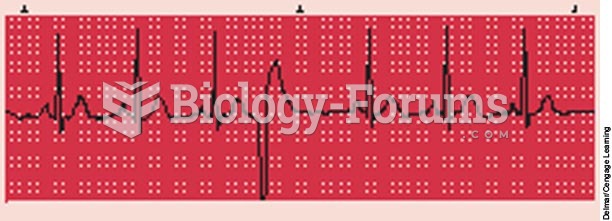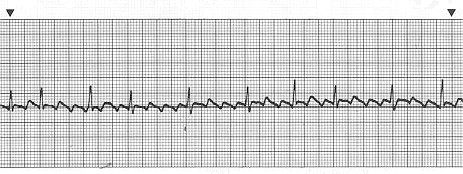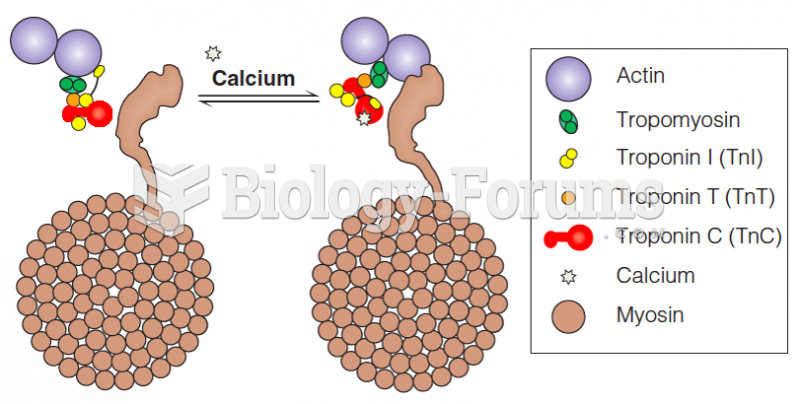|
|
|
Bacteria have flourished on the earth for over three billion years. They were the first life forms on the planet.
Human stomach acid is strong enough to dissolve small pieces of metal such as razor blades or staples.
Although the Roman numeral for the number 4 has always been taught to have been "IV," according to historians, the ancient Romans probably used "IIII" most of the time. This is partially backed up by the fact that early grandfather clocks displayed IIII for the number 4 instead of IV. Early clockmakers apparently thought that the IIII balanced out the VIII (used for the number 8) on the clock face and that it just looked better.
Complications of influenza include: bacterial pneumonia, ear and sinus infections, dehydration, and worsening of chronic conditions such as asthma, congestive heart failure, or diabetes.
About 100 new prescription or over-the-counter drugs come into the U.S. market every year.







